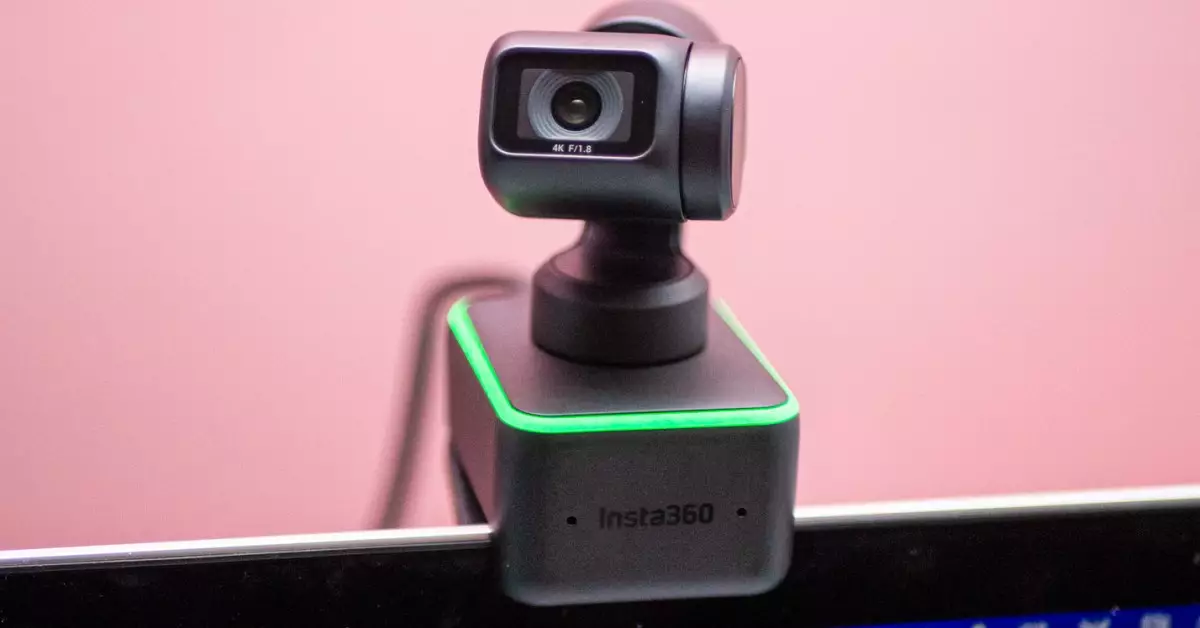With the launch of the Nintendo Switch 2, excitement surged among gamers; however, this was soon tempered by a technological hurdle—webcam compatibility. While Nintendo invited players to engage with their friends through video chatting features, the reality for many users has been frustrating. Most manufacturers of widely touted USB webcams—including famous names such as Logitech and Razer—have failed to live up to expectations when placed against the Switch 2’s requirements. The underlying message? Not all USB-C webcams are created equal, and it appears that the gaming giant might have misled consumers regarding the ease of using third-party camera hardware.
This webcam conundrum is particularly concerning given that over the years, many consumers have invested in high-quality cameras, thinking that a simple USB connection would suffices for expanding their gaming experience. The general assumption was that buyers could leverage existing technology as they transitioned to the next generation of console gaming. Yet, testing has revealed a concerning trend. High-end models like the Logitech Brio 4K and Elgato Facecam MK.2, often featured on ‘best webcam’ lists, simply refuse to work with the new console. In stark contrast, older models like the Logitech C920 cope with the transition without a hitch. What gives?
Is USB-C Really Universal?
In the world of technology, USB-C connectors represent a step toward simplification, ostensibly allowing for a single cable type to serve multiple devices. However, the challenges faced by Nintendo Switch 2 gamers highlight a potential flaw in that assumption. It raises crucial philosophical questions about compatibility. Does USB-C really mean ‘plug and play’ for all peripherals, as its name suggests? It appears that the Switch 2 may not recognize certain USB-C webcams effectively, revealing that compatibility is not solely dependent on the connection type but also on the firmware and underlying software that govern device communication.
As many gamers discovered, even with various approaches—ranging from using alternate USB ports to adapters and hubs—the result remained the same. There are cameras that work and those that do not, creating a landscape of uncertainty. In a peculiar twist, even budget USB endoscopes have been noted to function, which begs the question: Why are some webcams effectively ignored when others that are vastly inferior succeed?
Wrestling with Expectations
The decision to market the Switch 2 as ‘compatible with USB-C’ has not only confused consumers but also cast doubt on the credibility of Nintendo’s marketing communications. Did the company mean ‘compatible with USB-C’ in a general sense or ‘compatible with all devices that utilize USB-C’? It feels more like a marketing gimmick than a thoughtful feature aimed at enhancing user experience. Players might feel betrayed as they invest in high-priced hardware only to discover limited compatibility options.
It’s essential for Nintendo and the webcam manufacturers to provide clarity. With Nintendo facing scrutiny, it would be prudent for the company to furnish a definitive list outlining compatible webcams. In an age where a simple search online can yield near-instantaneous results, the absence of clearly communicated guidelines is both baffling and frustrating.
The Outlook: Collaboration and Innovation
Although the current landscape appears discouraging, there is a flicker of hope for gamers longing for a more straightforward solution. Industry stakeholders such as Elgato have expressed willingness to explore firmware updates that could potentially bridge compatibility gaps. This cooperative approach could pave the way for a more seamless user experience, allowing existing webcam brands to engage with the new gaming ecosystem without overwhelming gamers’ wallets.
While finding the right webcam for the Nintendo Switch 2 may currently feel like searching for a needle in a haystack, the gaming community is known for its ingenuity. By pooling together resources and experiences—not just relying on poorly organized lists—players might soon craft a comprehensive resource that highlights viable options. This collaboration could lead to a dynamic partner ecosystem, transforming the gaming landscape one webcam at a time and igniting a sense of community spirit that is inherently present in gaming culture.
Navigating the complexities of new technology is seldom straightforward, but by embracing open dialogue between manufacturers and consumers, the future could hold exciting prospects for enhanced gaming interactions.

